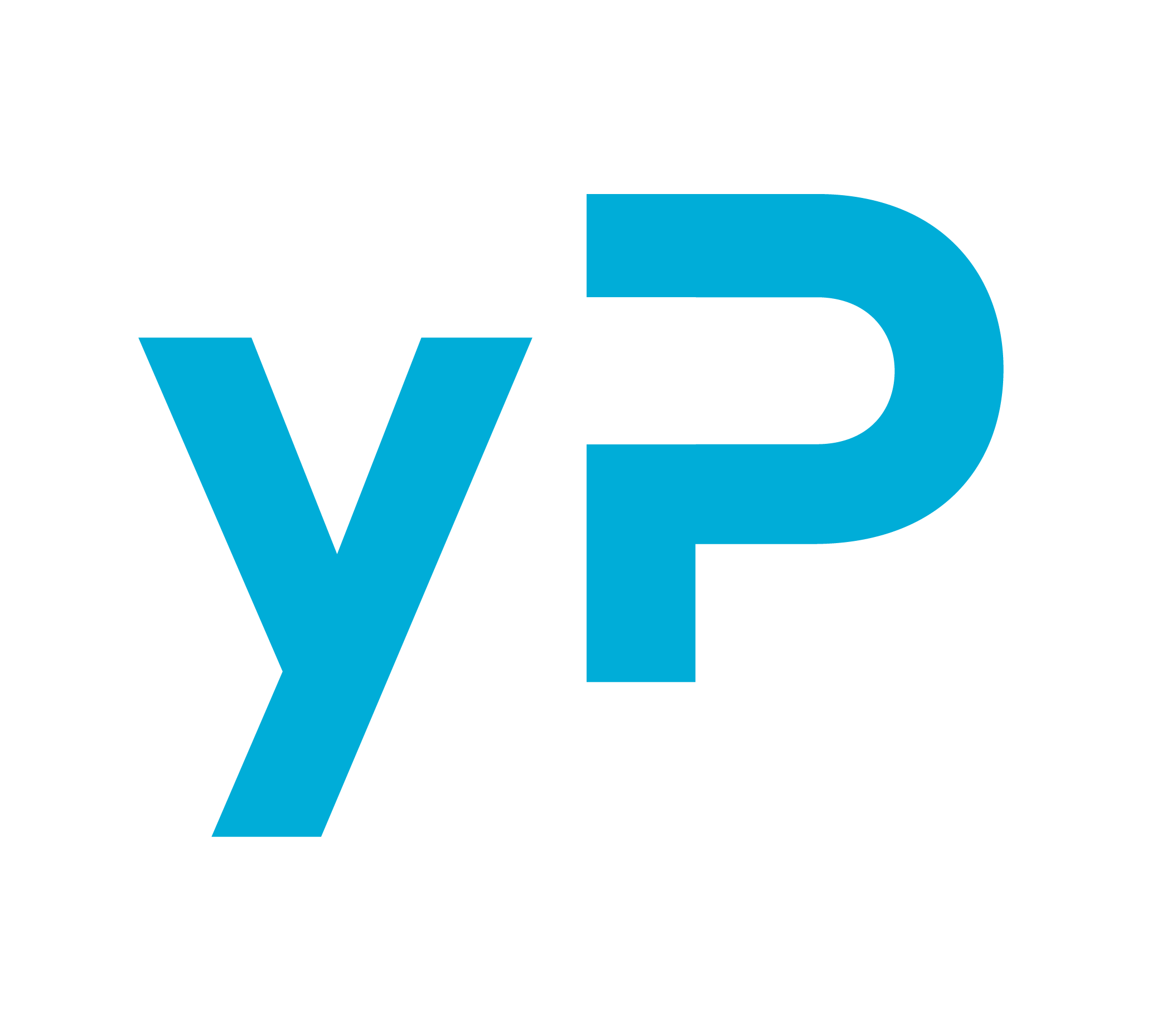Strategic pricing

This lesson will help you to understand the impact of pricing on the bottom line and comprehend the importance of strategic pricing and why it is a priority over tactical pricing.
Once the revenue strategy is secure, it is vitally important to accurately price the perishable room inventory. Industry experts indicate that when a hotel realizes revenue growth through rate, 95% flows to the bottom line, and if the growth comes through occupancy, approximately 50% flows to the bottom line.
This drives home the importance of pricing and the impact of appropriately developing a hotel’s pricing strategy and managing the tactical execution of the strategy.
In the past, revenue management practices had a strong focus on the management of stay controls, such as length of stay requirements in an effort to maximize revenues, and pricing was secondary. Today, the focus has grown to place more of a priority on the importance of pricing strategies.
Pricing strategies allow hotels to charge different room rates for the same or similar rooms according to customer’s characteristics and needs. For example, a senior citizen traveler looking for a discount has different needs, different characteristics and a different willingness to pay than a corporate traveler has. As a result, they may book the exact same room but pay a much different price. Along with the different price there may be certain booking requirements or unique restrictions.
Once the market segments are defined for a hotel, it is up to the revenue manager to ensure a healthy mix of the segmentation.
Since hoteliers offer multiple rates for essentially the same room type it is critical to understand the importance of pricing and all it encompasses. We will continue in the next article to explore strategic pricing and the various pricing-related elements.
Developing a long term pricing strategy is a very important part of a hotel’s overall revenue management process. Proper creation of a pricing strategy and proper deployment of that strategy will ultimately provide the hotel with an opportunity to identify and capture the optimal revenue opportunities.
Too many hoteliers take a tactical approach as opposed to starting with a strategic approach. Developing a long-term strategy allows hotels to look out into the future and do a proper analysis of the realistic needs and opportunities and determine the most appropriate pricing for their hotel in the current marketplace. This is the best approach and is a good start to ensuring the hotel has an eye out to the future and is focused on long term benefits.
Strategic pricing allows hotels to be proactive and provide guidelines and plans for the entire hotel sales team to effectively sell the products.
Pricing guidelines will allow the sales department to effectively and confidently quote rates for the future because they will know the price points for specific demand periods and specific dates. With pricing guidelines, sales will have the opportunity to analyse the potential business themselves and work quickly with the customer without having to take the time to discuss pricing with the revenue director unless there is an unusual circumstance. Ultimately this allows for more empowerment and confidence in the sales department as they will have a solid understanding of the hotel’s future outlook, peak demand times and times of need.
Strategic pricing done right offers the following benefits:
- Reflect overall corporate or hotel strategies such as maximum growth, maximum revenue or new market growth objectives;
- Communicate positioning, image and branding for targeted segments;
- Communicate expectations of product quality, status and value to prospective customers;
- Determine long run revenue flows and ROI;
- Be used as part of the process for building long term customer relationships.
Creating a Pricing Strategy
Creating the pricing strategy should include all of the revenue team members. This is something that has to be done as a team and not by one person alone. Each revenue team member will have a unique perspective and important input. Additionally, this will ensure buy-in to the final strategy is positive across the board with everyone who must support the strategy moving in the same direction.
Creating a proper pricing strategy requires an understanding of customers’ willingness to pay, customer segmentation, consumer psychology, competitive value analysis, market research, value creation and, of course, revenue management.
Every pricing strategy must address the following elements:
- S.W.O.T. analysis – provides a solid understanding of the hotel’s unique attributes, strengths and weaknesses for both services and product.
- Market position – every hotel must put together an analysis that allows careful evaluation of the hotel compared to its competitors. It is important to understand the market position of the hotel within the competitive set. This will be an important part of determining the pricing for the hotel.
- Seasonal demand – one of the fundamentals for a pricing strategy is to understand market demand for the various seasons in the marketplace. Flexibility for seasonal rates must be taken into consideration.
- Day of week demand – in addition to the seasons, it is also important to take into consideration day of week flexibility. What are the hotel’s peak days throughout the week? What are they for each season?
- Customer segmentation – understanding the customer segmentation specific to the marketplace and to your hotel is critical. Every hotel must identify the target customer segments appropriate for the hotel and accordingly create price points to satisfy each segment.
- Special need periods – identify the hotel’s need periods and areas of opportunity for promotional offers. This may include holidays, special events in the marketplace or low demand times. Identify these times and create promotional offers as part of the hotel’s overall strategy. This will ensure the team will not need to create something last minute and potentially miss an opportunity.
